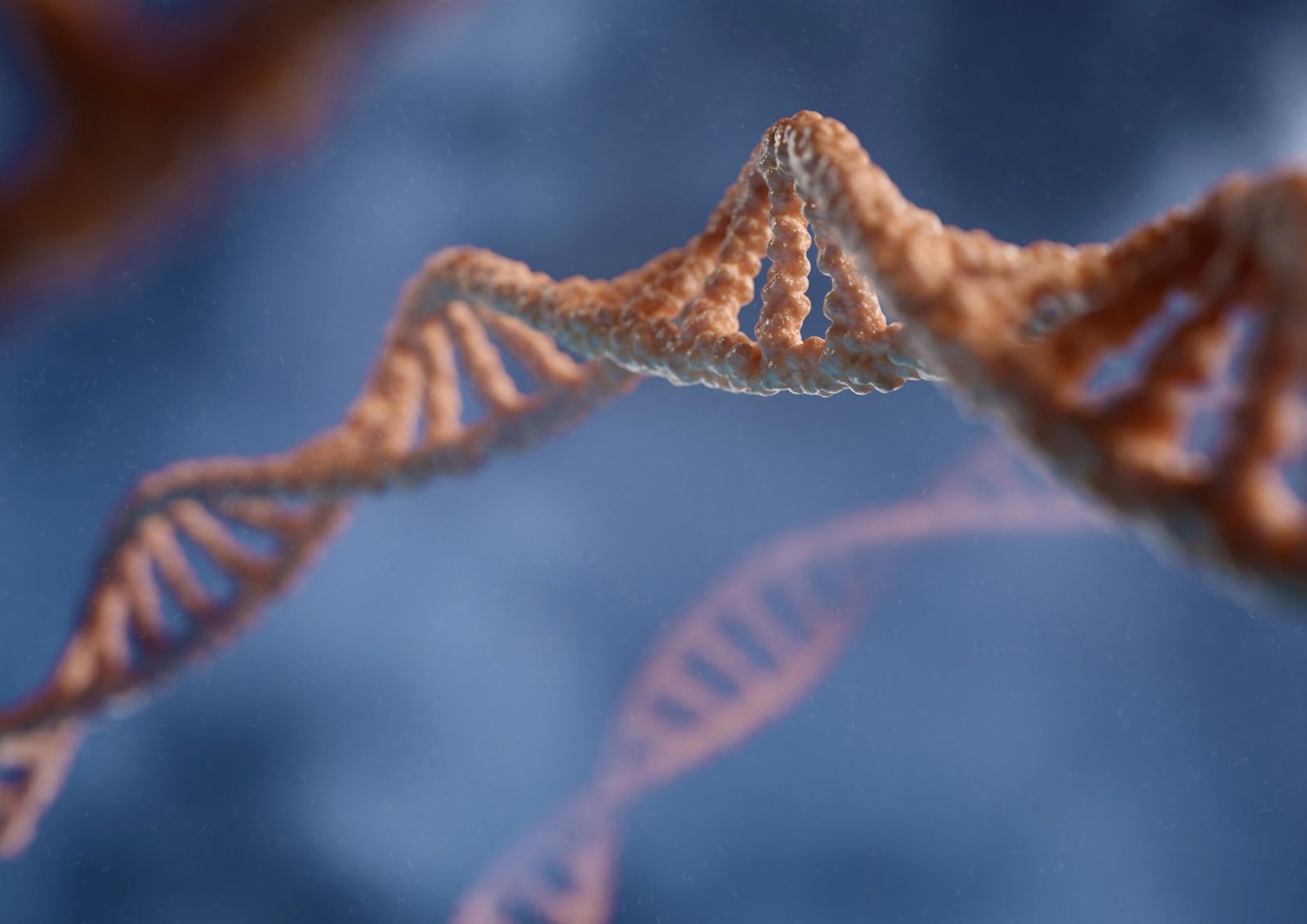Introduction to Real-Time PCR
Real-Time PCR, also known as quantitative PCR (qPCR), is a revolutionary molecular biology technique that enables the amplification and quantification of DNA in real-time during the PCR process. This method evolved from traditional PCR, which primarily allowed for the detection of DNA but did not provide any quantifiable data. The inception of Real-Time PCR in the late 1990s marked a significant advancement, as it introduced the ability to monitor the amplification of DNA with precision, thereby providing vital quantitative insights.
The fundamental principle of Real-Time PCR revolves around the detection of fluorescent signals emitted during the PCR process. Unlike conventional PCR, which requires post-amplification analysis to determine DNA quantities, Real-Time PCR tracks the accumulation of the target DNA in each cycle, yielding data that can be analyzed immediately. This technique utilizes specific reagents, such as intercalating dyes or TaqMan probes, that fluoresce when bound to the DNA, allowing for sensitive and specific measurement of the amplification process.
One of the chief advantages of Real-Time PCR over traditional methods is its ability to provide quantitative data on DNA amplification, which is crucial for numerous applications, particularly in the field of plant science. This quantitative capability allows researchers to assess gene expression levels, detect pathogens, or quantify genetic variations with high accuracy. Moreover, Real-Time PCR has become indispensable in various research fields, including agricultural biotechnology, ecology, and plant breeding, as it facilitates insights into the molecular mechanisms underlying plant health and development.
In conclusion, Real-Time PCR represents a significant leap forward in molecular biology, combining the principles of PCR with real-time data collection for enhanced accuracy in DNA quantification. Its applications in plant science are vast, paving the way for innovative research and advancements in understanding the genetic landscape of plants.
Basic Principles of Real-Time PCR
Real-Time Polymerase Chain Reaction (PCR) is a powerful technique widely used in plant science for quantifying nucleic acids. Understanding its basic principles requires familiarity with the phases of the PCR process: denaturation, annealing, and extension. During denaturation, the double-stranded DNA template is heated to around 95°C, causing it to separate into two single strands. This unwinding is crucial as it prepares the template for subsequent reactions.
The next phase, annealing, involves lowering the temperature to approximately 50-65°C, permitting the primers to bind to their complementary sequences on the single-stranded DNA. Primers are short sequences designed to flank the region of interest and are essential for initiating DNA replication. Following this, the extension phase occurs, where the temperature is raised to roughly 72°C. The DNA polymerase enzyme synthesizes new DNA strands by extending the primers. Each cycle of these three phases results in the doubling of the target DNA sequence, leading to exponential amplification.
Real-Time PCR distinguishes itself through the use of fluorescent dyes or probes that emit light during the amplification process. By selecting specific dyes such as SYBR Green or employing probes like TaqMan, researchers can monitor the progress of the PCR in real-time. The fluorescent signal increases in correlation with the quantity of amplified product, allowing for precise quantification. The significance of the exponential phase of amplification cannot be overstated; this is where a reliable linear relationship between fluorescence intensity and the initial amount of target DNA is observed.
Data generated from Real-Time PCR experiments can be interpreted using various analytical methods, most notably the cycle threshold (Ct) method. The Ct value represents the cycle at which the fluorescence signal exceeds a predetermined threshold, and it serves as an essential metric for quantifying the initial target nucleic acid concentration within a sample. Understanding these basic principles of Real-Time PCR is fundamental for effectively applying this technique in plant science research.
Applications of Real-Time PCR in Plant Science
Real-Time PCR, also known as quantitative PCR (qPCR), serves as a powerful tool in the field of plant science, facilitating various applications that contribute to our understanding of plant biology and improvement of crop production. One significant application is gene expression analysis, where Real-Time PCR enables researchers to quantify mRNA levels of specific genes under varying conditions, such as environmental stress or developmental stages. This precise measurement of gene expression patterns allows for insights into regulatory mechanisms that govern plant responses and adaptations.
Another critical application of Real-Time PCR is in pathogen detection. The ability to rapidly identify plant pathogens, including bacteria, viruses, and fungi, is essential for effective disease management in agriculture. Using specific primers and probes, Real-Time PCR provides a sensitive means to detect low levels of pathogenic DNA, often before visible symptoms appear. This early detection capability significantly enhances our ability to implement preventative measures and safeguard crop health.
Furthermore, Real-Time PCR has become invaluable in genetic diversity studies. By analyzing genetic markers, researchers can assess the genetic variation within and among plant populations. This information is crucial for conservation efforts and breeding programs, as it helps identify desirable traits for crop improvement. For instance, case studies have demonstrated the successful use of Real-Time PCR in quantifying traits such as drought resistance, which can inform breeding strategies aimed at increasing yield under suboptimal conditions.
In breeding programs, Real-Time PCR assists in marker-assisted selection (MAS), where specific genetic markers linked to desirable traits are identified and employed to select superior plant varieties. The integration of Real-Time PCR in plant research not only enhances our understanding of plant biology but also significantly contributes to advancements in crop production practices, ensuring food security in the face of global challenges.
Challenges and Future Directions in Real-Time PCR
Real-Time PCR has revolutionized molecular biology, particularly in plant science, by providing a method for quantifying DNA and RNA with high precision. However, several challenges and limitations continue to pose significant hurdles in the effective application of this technology. One major concern is the issue of primer design, which is crucial for ensuring specific amplification of target sequences. Poorly designed primers can lead to non-specific amplification and false-positive results, rendering the data unreliable. The complexity of plant genomes, which often contain repetitive sequences, adds further complications to primer design, necessitating careful consideration of genomic context.
Another challenge pertains to specificity issues during the amplification process. The presence of closely related gene duplicates or homologs in plant genomes may contribute to ambiguous results, complicating the interpretation of Real-Time PCR data. This specificity challenge is particularly pronounced in polyploid species, where multiple gene copies can exist. To address these issues, researchers must develop optimized protocols that include rigorous validation steps, such as melting curve analysis and gel electrophoresis, to confirm the correct amplification products.
Despite these challenges, recent advancements in Real-Time PCR technology are paving the way for improved reliability and efficiency. Innovations such as high-resolution melting analysis, digital PCR, and new enzyme formulations have enhanced the sensitivity and specificity of the technique, minimizing the risk of false positives and increasing quantification accuracy. Looking forward, the future of Real-Time PCR in plant science appears promising, with ongoing research exploring the integration of bioinformatics tools to streamline primer design and optimize reaction conditions. These developments could significantly bolster our understanding of gene expression and regulation in plants, ultimately advancing plant breeding and genetic modification efforts.



